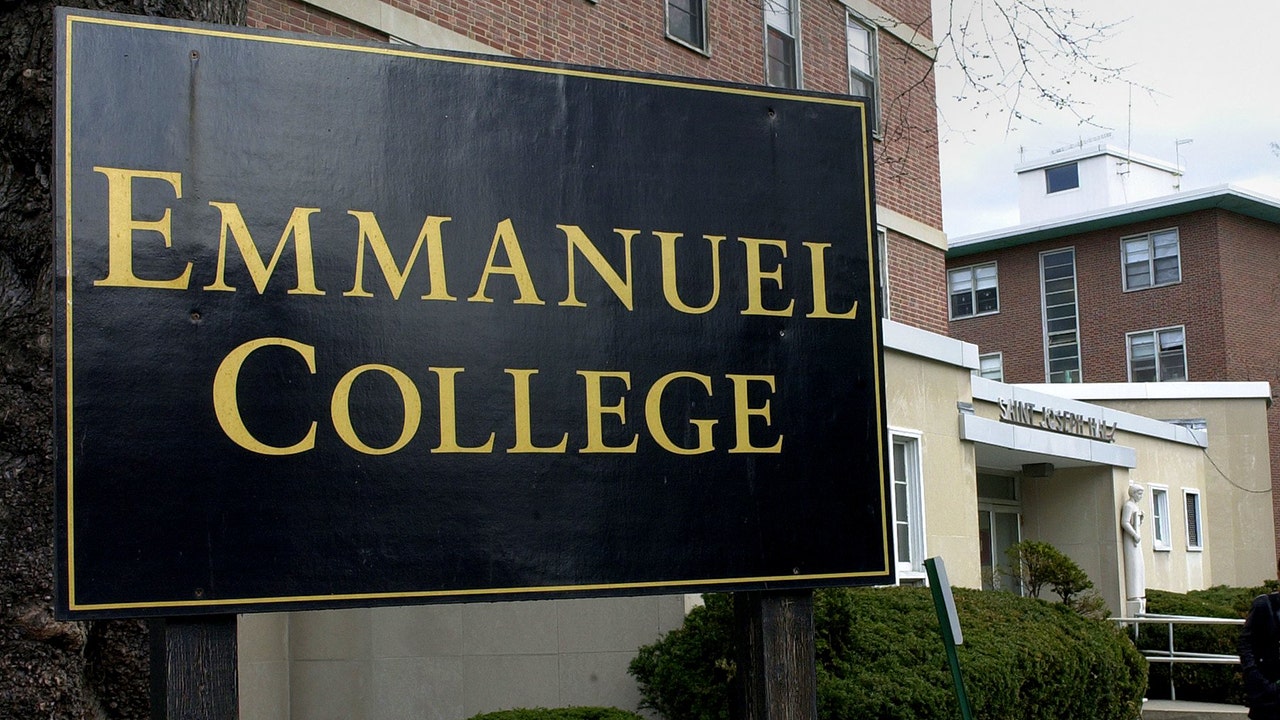An Army Black Hawk helicopter caused two near-misses with airliners at Ronald Reagan Washington National Airport last week — including passing as little as 200 feet from one jet — after the pilot took “the scenic route” to the Pentagon, according to authorities.
The terrifying incident at one of America’s most crowded airports comes three months after the same kind of Army chopper from the same unit was involved in a mid-air collision with an American Airlines jet, killing 67 people.
Officials and politicians were quick to blast the Army for the incident — with Transportation Secretary Sean Duffy calling it “unacceptable.”
On Thursday, the commercial planes — Delta Flight 1671 and Republic Flight 5825 — were rerouted just moments before they were due to land at Reagan due to the proximity of the helicopter, the Federal Aviation Administration said in a statement.
Both flights were on their final approach less than two miles from the runway at around 2:30 p.m, authorities said.
The Black Hawk “took a scenic route around the Pentagon versus proceeding directly from the west to the heliport,” the FAA’s assistant administrator for government and industry affairs Chris Senn wrote in an email on Friday, Politico reported.
At one point, the helicopter got between 200 and 2,100 feet from the Republic flight, and between 400 to 2,600 feet the Delta plane, Senn wrote.
“It is outrageous that only three months after an Army Black Hawk helicopter tragically collided with a passenger jet, the same Army brigade again flew a helicopter too close to passenger jets on final approach,” Sen. Maria Cantwell (D-Wash.) told Politico.
She called on the Pentagon and the FAA “to give our airspace the security and safety attention it deserves.”
During Thursday’s close-call FAA controllers told the two commercial flights to make “go-arounds” as they approached Reagan National Airport — that is, break off their landings, circle back and try again.
The trouble came in part because controllers temporarily couldn’t pinpoint the Black Hawk’s tracking position in real-time on their radar screens, Senn went on.
At the time, the control tower had one supervisor, four certified professional controllers and one certified professional trainee receiving on-the-job training, Senn said.
The Army was using its Automatic Dependent Surveillance-Broadcast (ADS-B) technology, which gives air traffic controllers up-to-date information about an aircraft’s altitude, location and speed.
The radar track on board the helicopter “inadvertently floated and jumped to a different location on the controller feed after being unresponsive for a couple seconds,” he said.
The incidents were categorized as “loss of separation,” meaning a breach of minimum safe distance between aircraft, Senn added.
None of the aircraft “the restricted mixed traffic area” around Reagan National, Senn added.
Despite that, the FAA is still investigating whether the Army helicopter flight violated airspace rules.
The Jan. 29 collision over the Potomac River in Washington, DC — which preliminary reports have blamed on the military Black Hawk flying too high — was the deadliest US air disaster since 2001, and caused officials to change the flight path of helicopters near the airport.
The ADS-B system, in particular, has been under increased scrutiny since January after investigators alleged that it was turned off at the time of the deadly crash.
The cause of January’s crash remains under investigation and the probe by the National Transportation Safety Board is expected to take at least a year to complete.
The Army has said it is aware of Thursday’s incident, but warned against “speculating” about potential causes or contributing factors prior to the completion of the investigation.
“It is irresponsible to take snippets of information and present them in a way that casts blame on any individual or group,” the Army said in a statement to the New York Times.
“The events of January 29th were tragic, and the Army is committed to a full and thorough investigation that will provide fact-based conclusions so we can ensure an accident such as this is never repeated.”
Read the full article here















